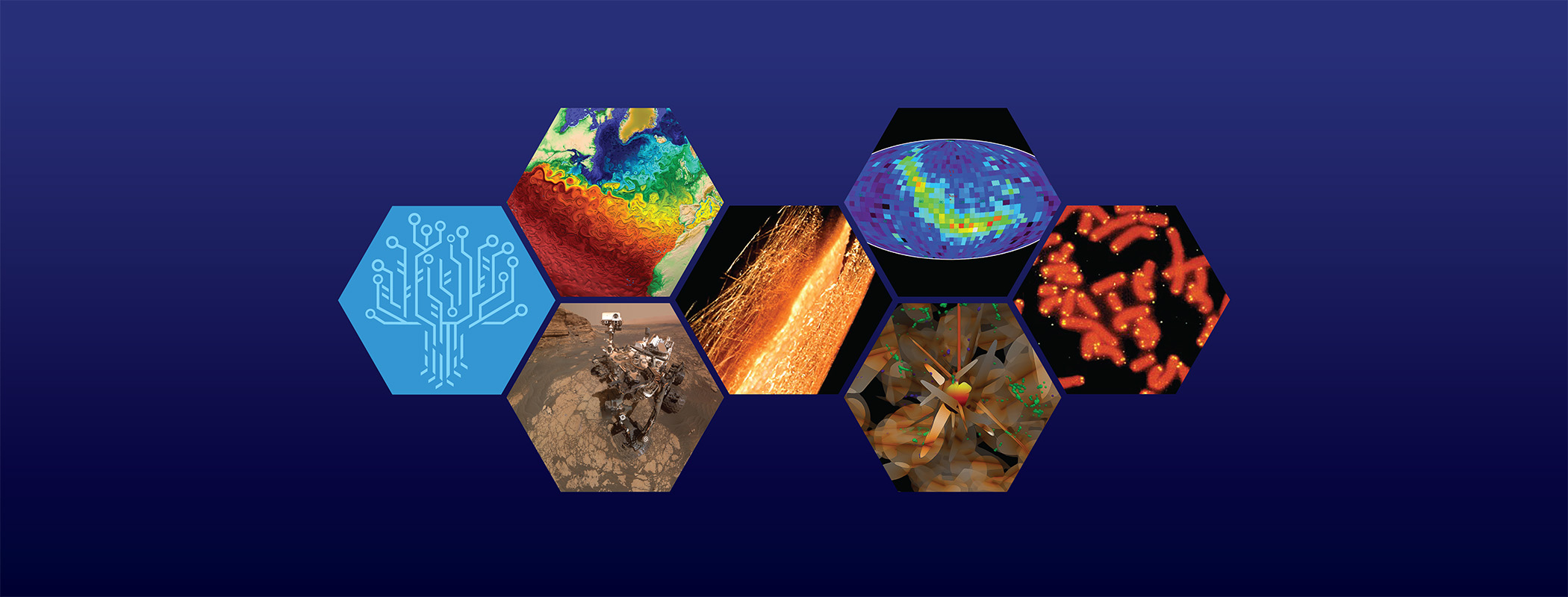The science of coupled natural and engineered complex systems underpins many of the Laboratory’s most challenging mission areas. In these systems, the whole is more than the sum of the parts. The objective of this pillar is to advance a fundamental understanding of complex systems and to mitigate systemic risks posed by an evolving natural and engineered world. Our research and development spans from improving engineered systems such as nuclear weapons and the power grid, to understanding the interface of human and engineered systems from the subsurface to space, to studying how complex natural systems such as disease and weather related disasters impact humanity.
